Did you know that humpback whales are amongst the most well-known and beloved creatures in the ocean? These majestic mammals have captivated the hearts of many with their complex behavior, unique characteristics, and sheer size. With that in mind, here are 12 fun humpback whale facts that you may not have known before!
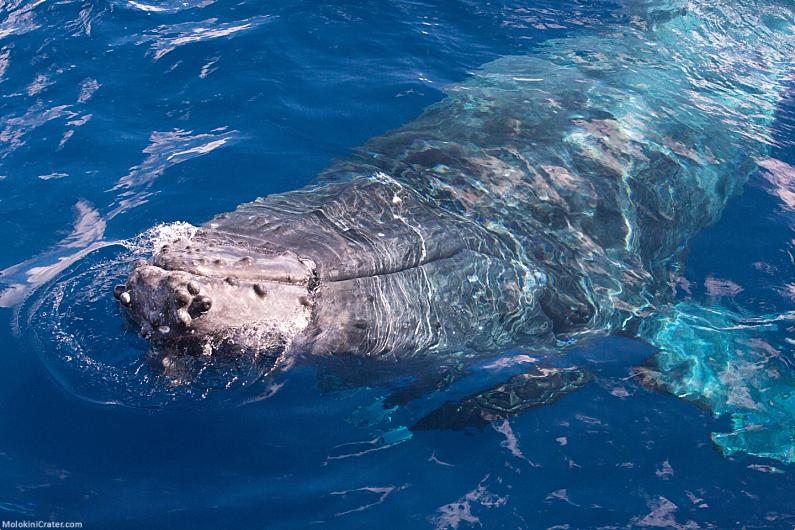
Take a dive into the world of humpback whales and discover something new today!
1. Every year, Hawaii witnesses the arrival of around 6,000 to 8,000 humpback whales, accounting for roughly 60% of the entire North Pacific population. These magnificent creatures grace the Hawaiian waters, offering a sight to behold for locals and tourists alike. If you’re visiting between January and April, book a Maui whale watch with Pride of Maui.
2. When a humpback whale calf is born, it already measures an impressive 12 to 15 feet in length and tips the scales at approximately 1.5 tons. These newborns possess incredible size and strength from the moment they enter the world.
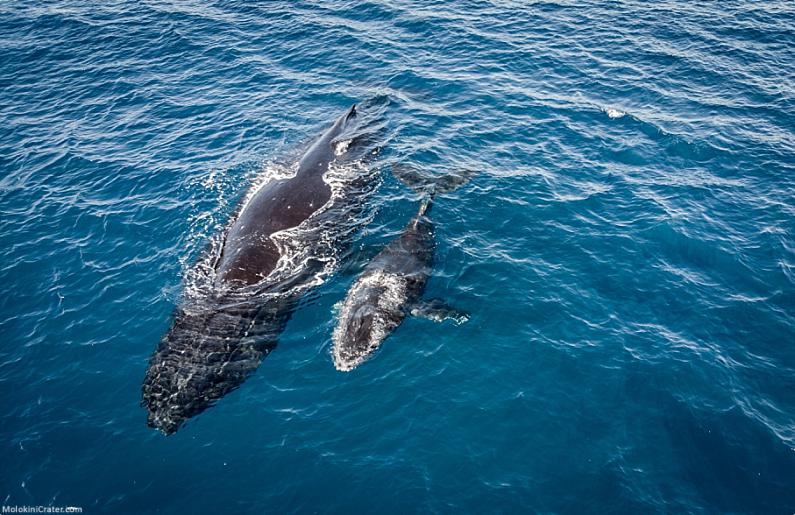
3. During their feeding season in the nutrient-rich waters of Alaska, adult humpback whales consume a jaw-dropping one ton of food daily. The summer months in the region give rise to a rapid increase in the population of various prey species, providing the whales with ample sustenance to support their immense appetites. The abundance of food in these northern waters fuels the humpback whales’ growth, enabling them to maintain their impressive size and thrive as a species.
4. Humpback whales demonstrate a clear inclination towards consuming specific fish species. This fascinating behavior has led researchers to deduce that these marine mammals possess an advanced sense of taste, allowing them to discern and choose their preferred prey.
5. In Hawaii, humpback whales exhibit a more pronounced dark pigmentation on the ventral side of their bodies compared to those located in the South Pacific region. This distinguishing feature sets them apart physically from their counterparts.
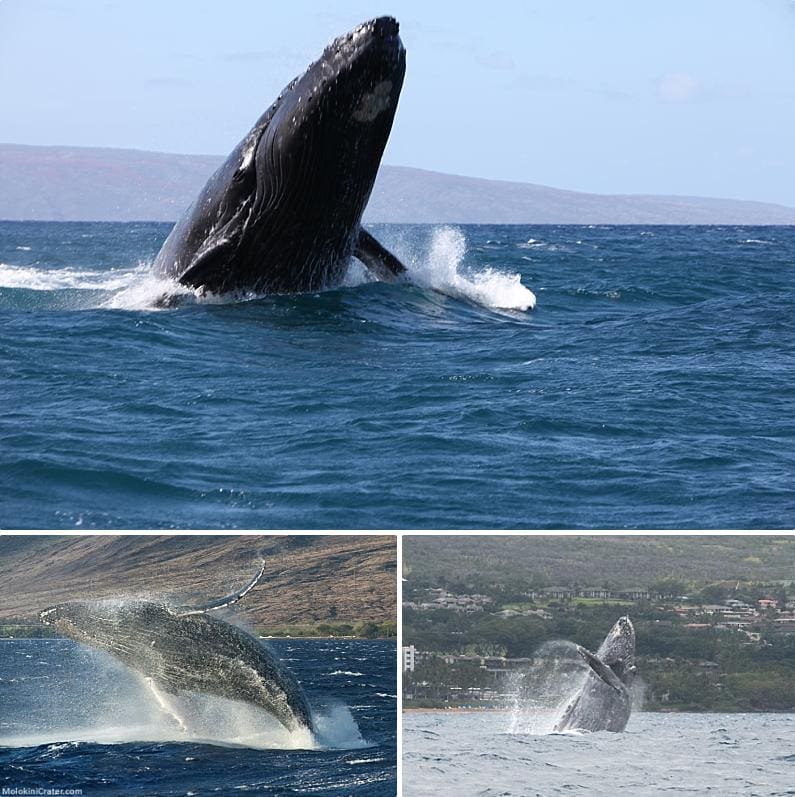
6. The migratory patterns of humpback whales traveling to Hawaii are not uniform, with different groups arriving and departing at separate intervals. Initially, the female whales, accompanied by their yearlings, which are calves from the previous year, make their appearance. They are followed by the arrival of juvenile humpbacks belonging to both sexes. Following them are the sexually mature adult males and females eager to engage in mating activities. The last group to arrive consists of expectant female whales nearing the end of their pregnancy term. This staggered migration showcases the diverse life stages and social groups of these magnificent creatures, providing a rich tapestry of their intricate behaviors and interactions.
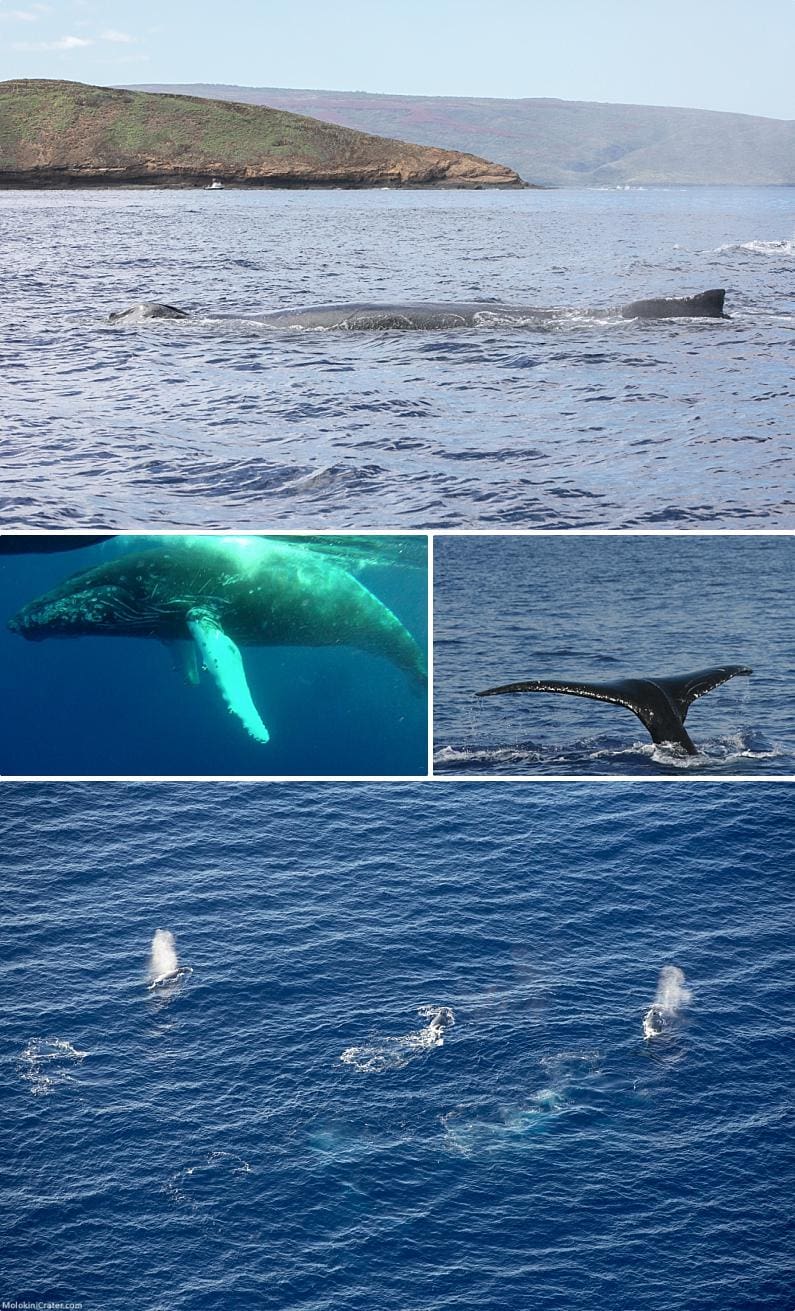
7. Humpback whales in Hawaii may have a chance to feed during their migration if there is an ample supply of prey in the waters. Researchers have documented instances of these majestic creatures feeding off the coasts of Australia and Ecuador while journeying through the South Pacific toward the abundant feeding areas in the Antarctic.
8. Whales are generally categorized into two distinct groups based on their dental structures: toothed and baleen whales. Toothed whales, such as sperm and orca whales, belong to the Odontocete classification and possess teeth used for hunting and consuming prey. On the other hand, baleen whales like the humpback, blue, and right whales fall under the Mysticete category and have baleen plates—elongated, rigid strips made of keratin, which resembles human fingernails—hanging from their upper jaw for filtering prey from the water.
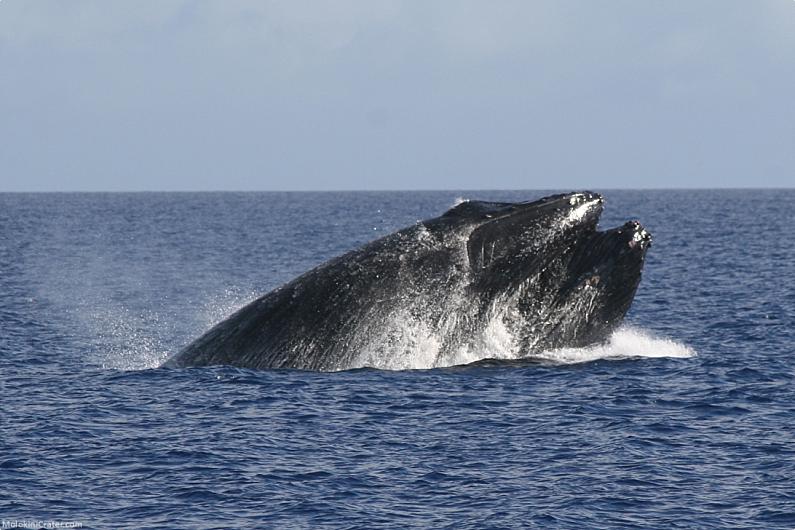
9. When it comes to the frequency of breathing in humpback whales, a notable difference exists between their swimming and resting states. While a humpback whale swims, it typically breathes every 6 to 8 minutes, whereas a whale in a resting state will take a breath less frequently, about every 10 to 20 minutes. This variation in breathing patterns is indicative of the energy expenditure and oxygen requirements of these magnificent marine animals. Male humpbacks that sing can impressively hold their breath for an extended duration of up to an hour.
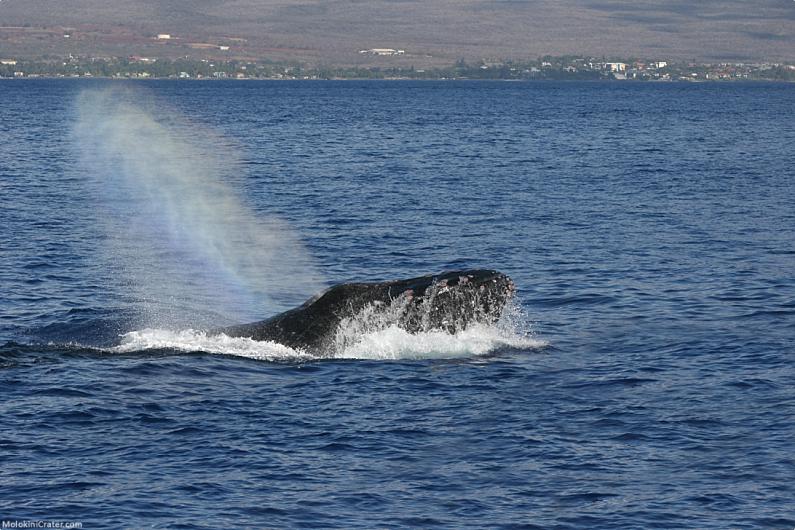
10. Humpback whales, interestingly, do not sweat to maintain their internal body temperature. Instead, they have a unique mechanism that controls the degree to which their cool blood returning to the heart is warmed by blood being pumped away from the heart.
11. To compete for the attention and access to female humpback whales, male humpback whales showcase various elaborate displays, such as tail slaps, head slaps, and forceful underwater exhalations, frequently engaging in combative behavior with each other.
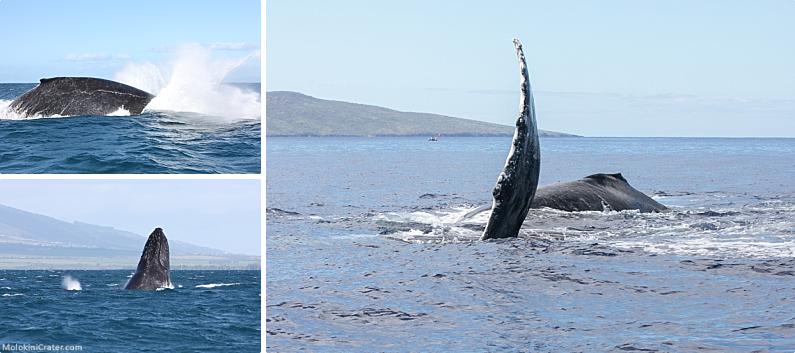
12. When a humpback whale is engaged in singing, it typically maintains a depth of 50 to 70 feet beneath the ocean surface, orienting itself in a vertical position with its head downwards and tail pointing upwards. Apart from a gentle movement of its pectoral fins, referred to as sculling, the whale remains nearly motionless. It is worth noting that on some occasions, humpbacks might sing while swimming in the company of other whales or while undertaking their migratory journeys, displaying a remarkable versatility in their behaviors.
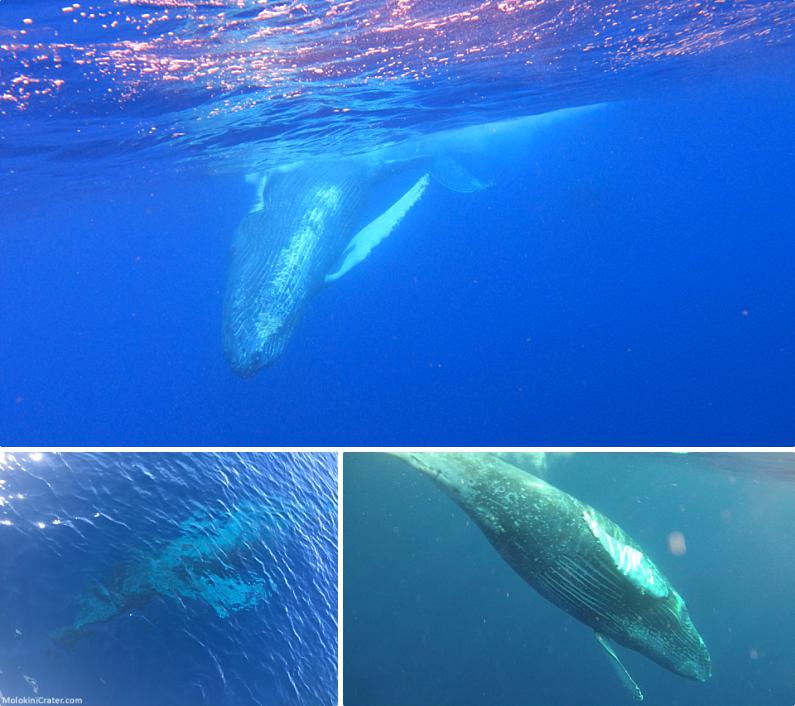
How much did you know about Humpback Whales?
From their acrobatic behaviors to their songs and social structures, humpback whales are truly a marvel of the ocean. Learning about these magnificent creatures can be both fascinating and awe-inspiring, so why not have some fun with it? See you on the next Maui whale watch!
Let us know in the comments how many of these humpback whale facts you already knew!






I learned from each fact! Amazing miracles from our Genesis creation of God Almighty! Just imagine his all knowing facts for us to discover, observe and enjoy…
I knew most of that except the breathing things I didn’t exactly know all that. I go to Cape cod whale watching I’ve done it since 1990 and each time we go out they have a researcher on it gives you a lot of information I just love the whales someday I’d like to go to Hawaii and see the babies being born
I find anything about whales of any kind fascinating.I didn’t know that the males could hold their breath for an hour while singing. I just love them and I would love to go on a whale tour.
Wow! what an interesting subject. I never knew that male whales could sing for an hour and then take a breath! Amazing what a glorious creature God has given us to learn from.
They are truly AMAZING! So grateful they call Maui home for at least 3-5 months of the year.